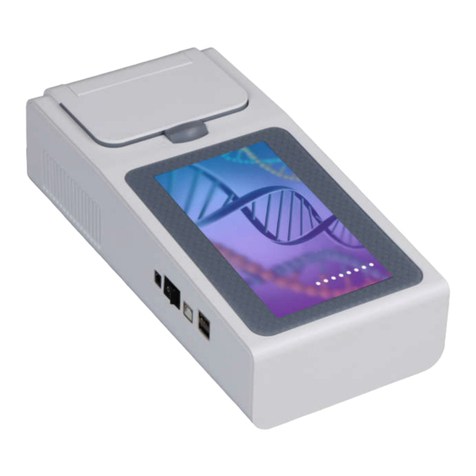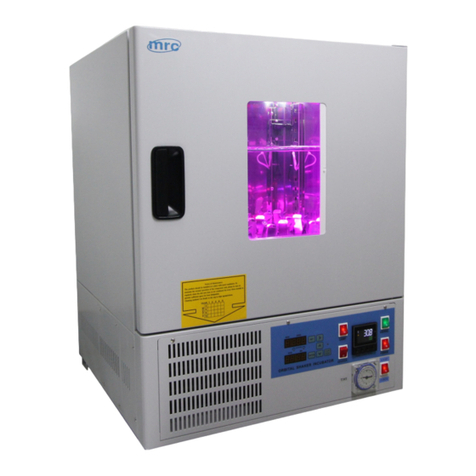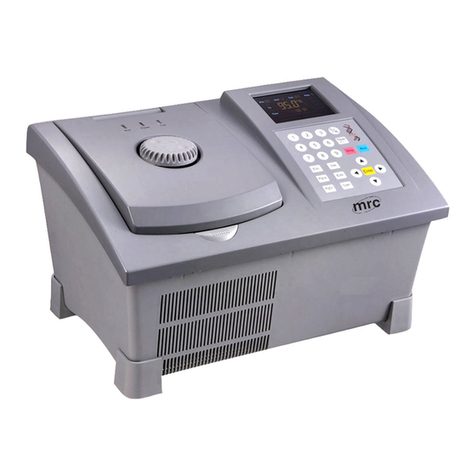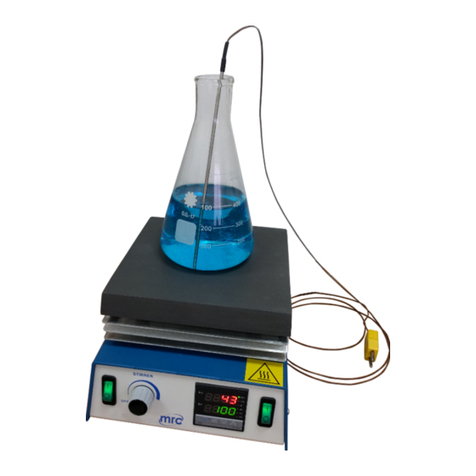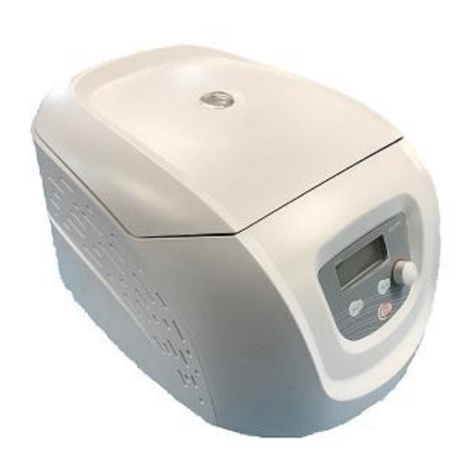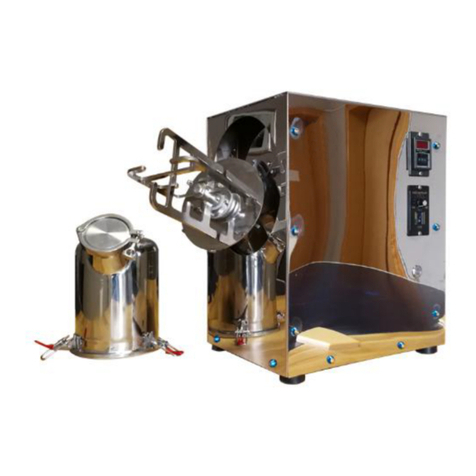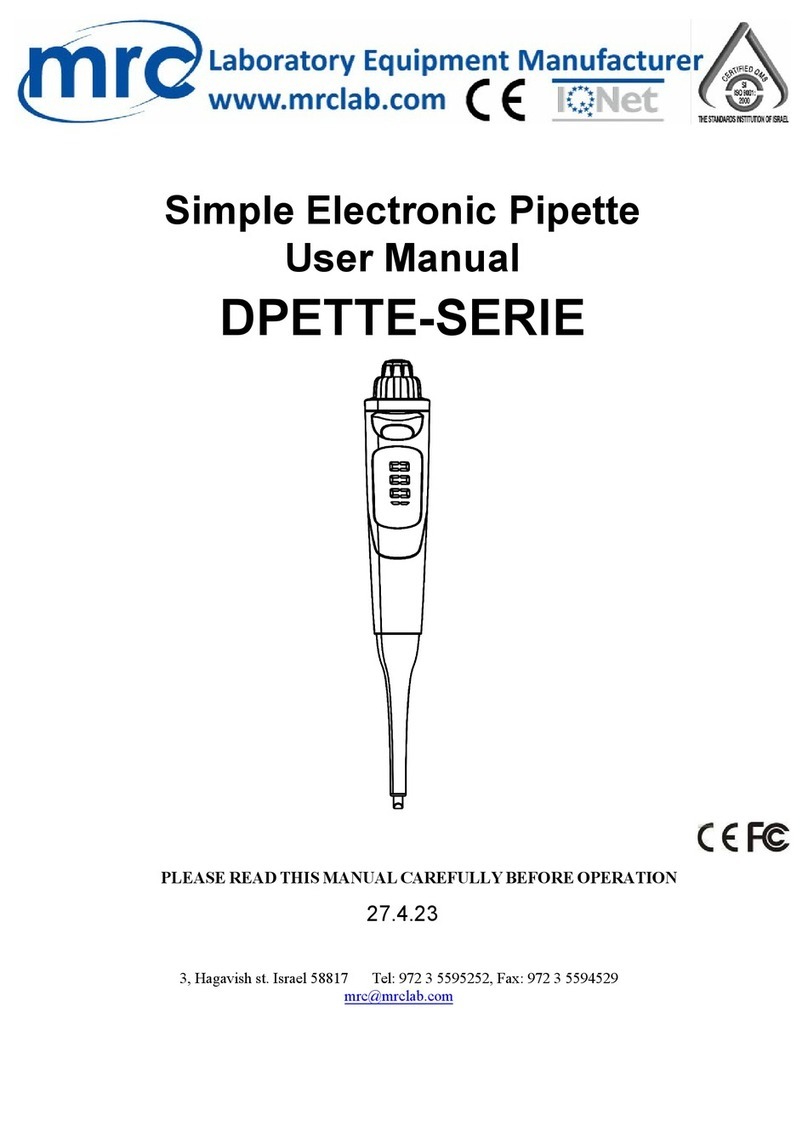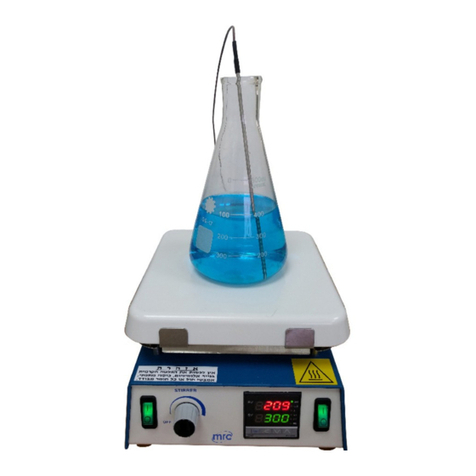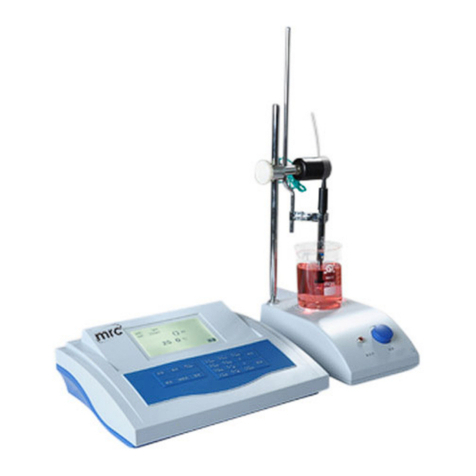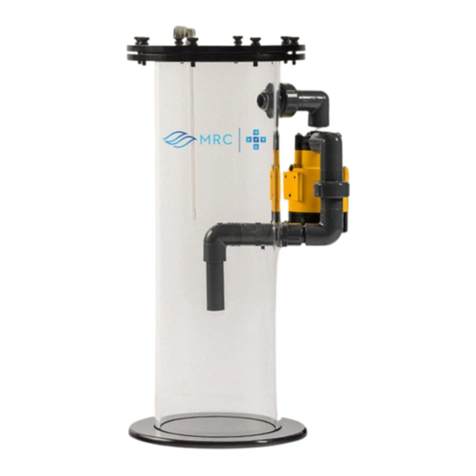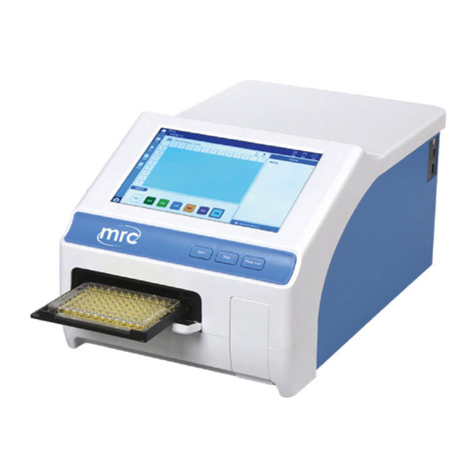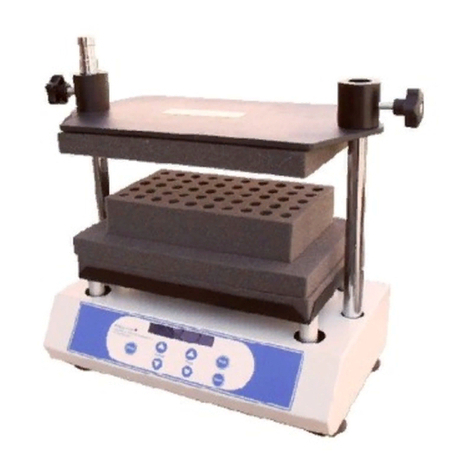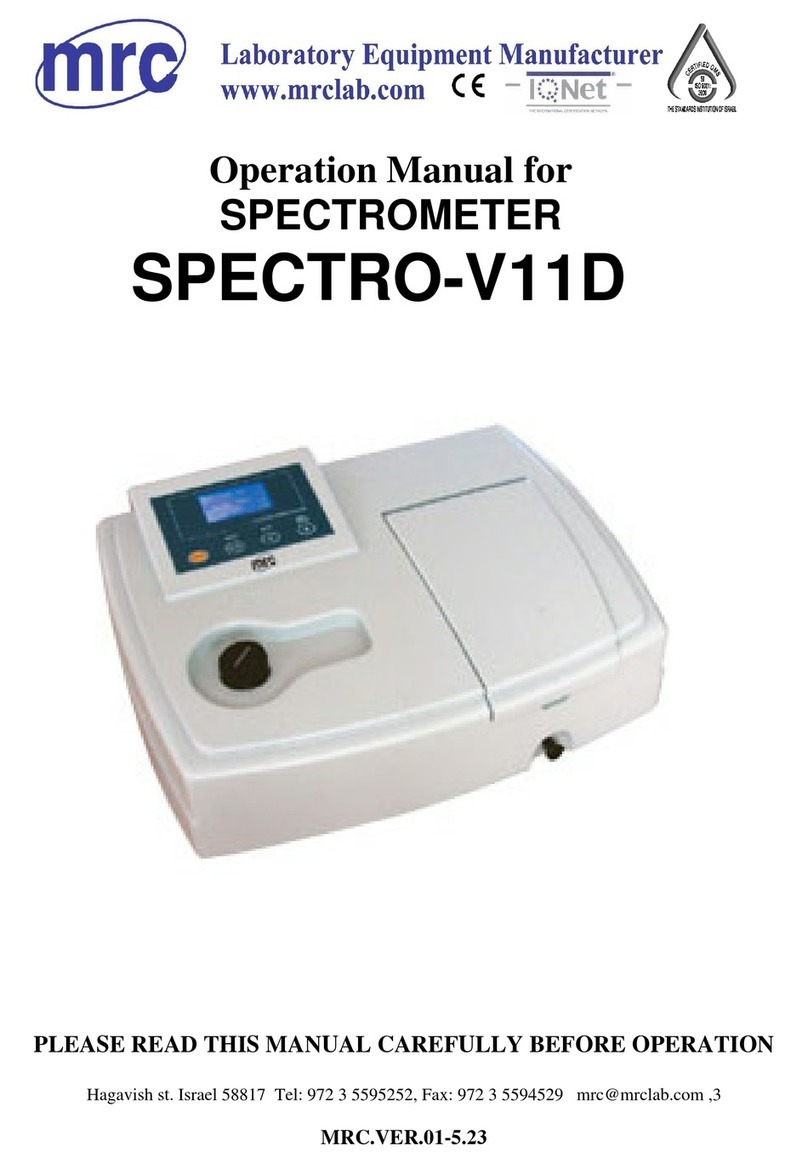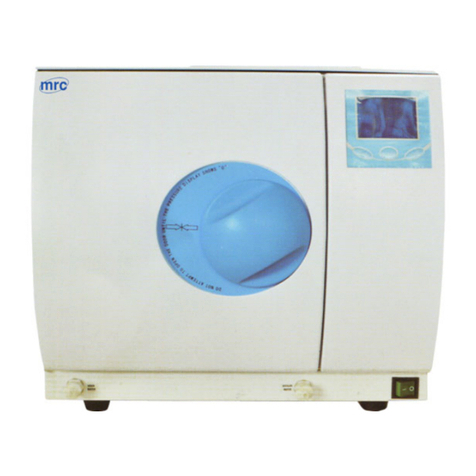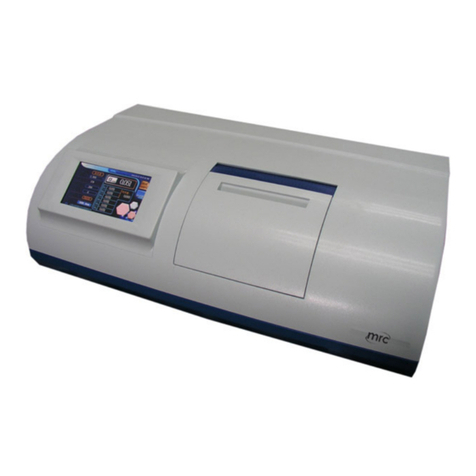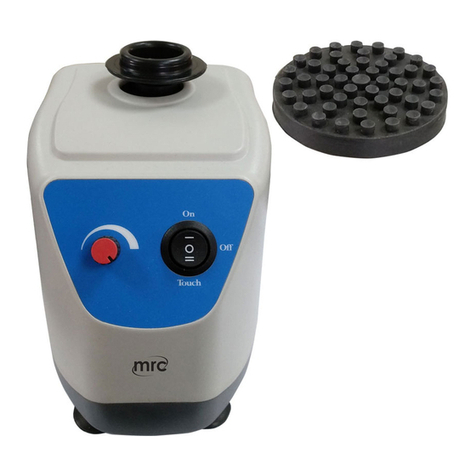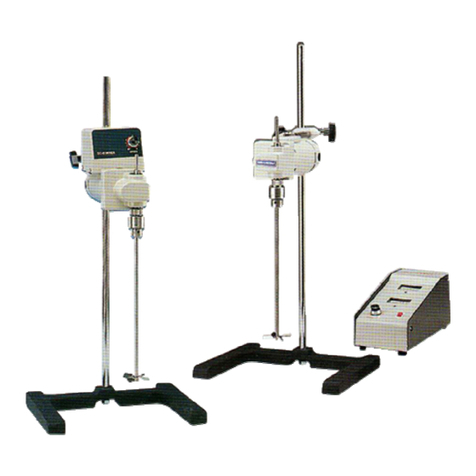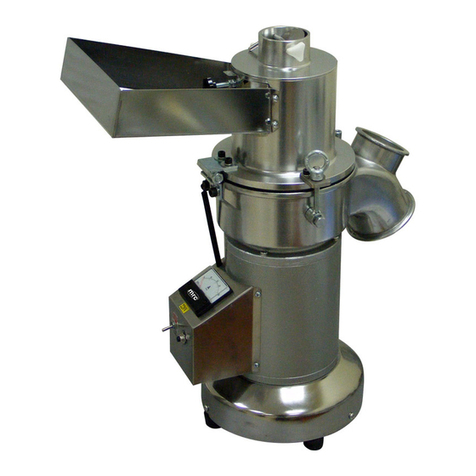
1
Content
1 GENERAL............................................................................................................................. 3
1.1 INTRODUCTION ....................................................................................................................3
1.2 SAFETY................................................................................................................................3
1.2.1 User’s Qualification ........................................................................................................3
1.2.2 Proper Use ......................................................................................................................3
1.2.3 Improper Use ..................................................................................................................3
1.2.4 Warning Signs.................................................................................................................4
1.2.5 Hazards Related to the Instrument..................................................................................5
1.2.6 Other Hazards .................................................................................................................6
1.2.7 Safety Measures..............................................................................................................6
1.3 INSTRUMENT SYNOPSIS .......................................................................................................6
1.4 INSTRUMENT CONFIGURATION....................................................................................................7
1.4.1 COT-2000H Configuration..............................................................................................7
1.4.2 COT-5000H Configuration..............................................................................................7
1.4.3 COT-2000L Configuration ..............................................................................................8
1.4.4 COT-5000L Configuration ..............................................................................................8
1.5 CONTROL PANEL INSTRUCTION............................................................................................9
1.5.1 COT-2000H、COT-5000H Control Panel Instruction.......................................................9
1.5.2 COT-2000L、COT-5000L Control Panel Instruction........................................................9
2UNPACKINGAND INSTALLATION.............................................................................. 10
3 TECHNICAL SPECIFICATIONS.................................................................................... 11
4. OPERATION.................................................................................................................... 12
4.1 POWER CONNECTION.........................................................................................................12
4.2 POWER ON .........................................................................................................................12
4.2.1 Close Breaker................................................................................................................12
4.2.2 Power Wwitch...............................................................................................................12
4.3 START REFRIGERATION SYSTEM ........................................................................................13
4.3.1 Start Refrigeration System at -40℃..............................................................................13
4.3.2 Start Refrigeration System at -80℃..............................................................................13
4.4 DRAIN ......................................................................................................................................13
4.5 POWER OFF ..............................................................................................................................14
5 PROTECTION FUNCTION............................................................................................... 14
6 MAINTENANCE AND MANAGEMENT.......................................................................... 14
6.1 MANAGEMENT...................................................................................................................14






